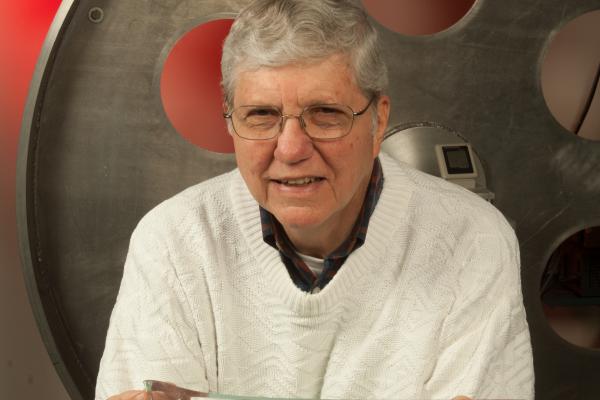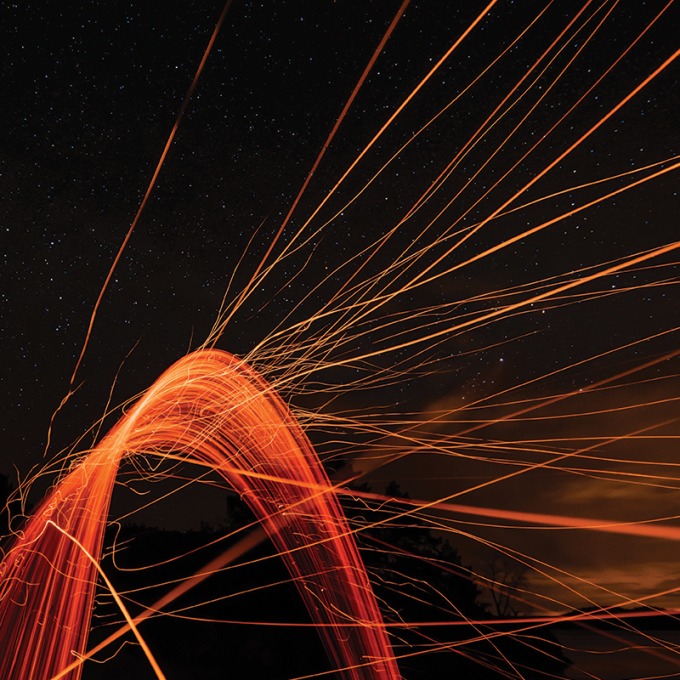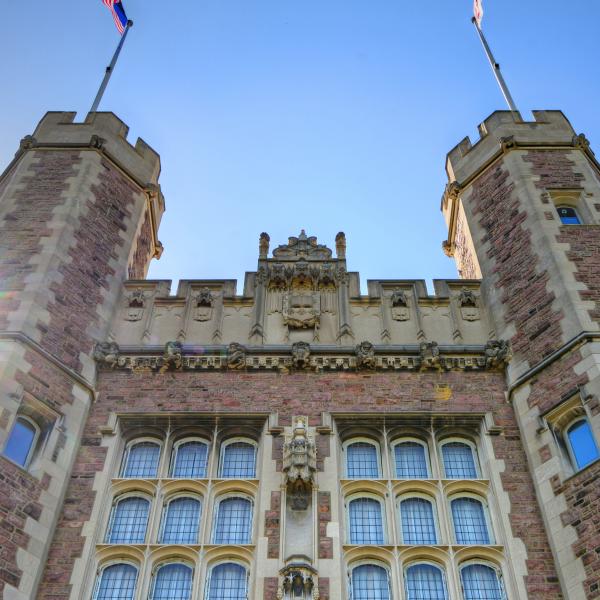Professor Binns' research is primarily in Cosmic Ray Astrophysics.
Binns was the Principal Investigator on the SuperTIGER experiment, which was flown over Antarctica in 2012-2013 on a record breaking 55-day-long flight, with the objective of measuring the elemental abundances of cosmic-ray nuclei heavier than Zinc, and is a co-investigator on the second flight of SuperTIGER planned for December, 2018. Binns is also a co-investigator on the Cosmic Ray Isotope Spectrometer (CRIS) experiment aboard the NASA ACE spacecraft that was launched in August 1997; the spacecraft is projected to have enough propellant to maintain its orbit until 2024. Binns and J. Epstein were responsible for the development of the scintillating fiber hodoscope, which is the trajectory detector on CRIS. The objective of the CRIS experiment is to measure the elemental abundances of cosmic –ray nuclei with 3 < Z (charge) < 40 and isotopic abundances over the charge range of 3 < Z (charge) < 32 . He is a co-investigator on the CALET (Calorimetric Electron Telescope) experiment, a Japanese, Italian, and American experiment, located on the International Space Station. This experiment is designed to measure the cosmic-ray electron energy spectrum as well as nuclear abundances and energy spectra. He is also a co-investigator on the Antarctic Impulsive Transient Antenna (ANITA) experiment, a high energy neutrino experiment that was flown successfully on four long duration balloon flights over Antarctica from 2006 through 2016.
He was the Principal Investigator on the Trans-lron Galactic Element Recorder (TIGER) experiment, a predecessor experiment to SuperTIGER, which was designed to measure the elemental composition of cosmic rays heavier than iron. It was flown from Antarctica on long duration balloon flights in 2001 and 2003. In addition, he has been an investigator on numerous other balloon-borne experiments.




